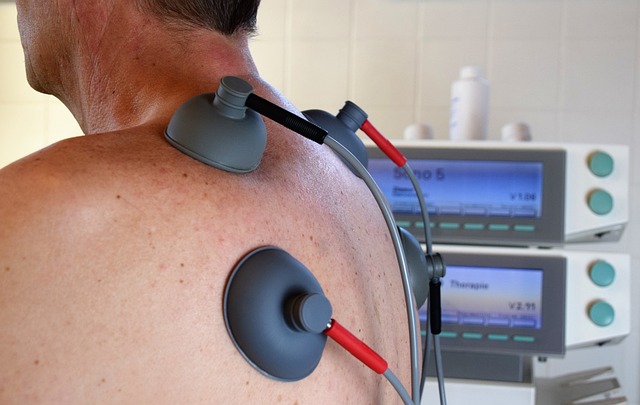Data, once called “the new oil,” continues to flood the digital pipeline. In 2010 two zettabytes of data were created, copied, captured, or consumed around the world, according to Statista, but that total is expected to mushroom to 74 zettabytes in 2021, then double by 2024.
The need to refine, analyze and evaluate all that information has resulted in a trend toward data-driven decision-making, as it has been determined that enterprises making decisions in that fashion are six percent more profitable than those that do not.
What is Data-Driven Decision-Making?
Defined as the ability to make better decisions by augmenting brain power with insights gained from data, advanced analytics, and computing resources, data-driven decision-making makes it possible for organizations to develop a coherent strategy, and ensure that their internal systems are interoperable. Because too often at present data is siloed and unstructured, making it difficult to glean the necessary insights from it.
The gap between the possible value that data offers and that which is captured is defined as “a trapped value,” and it is a value that companies are only beginning to realize. A survey of 190 executives revealed that just 32 percent of companies can realize value from data, and just 27 percent believe data produces actionable insights and recommendations.
How Data-Driven Decision-Making Can Impact Healthcare
In the healthcare sector, the aforementioned data silos are often the result of organizations procuring incompatible systems from different vendors, meaning that not everyone in the chain of care has access to all the information all the time. One example is the inaccessibility of patients’ historical information in earlier generations of electronic health records (EHRs).
As a result, healthcare organizations need to step back and ask themselves about the tools they are using, and the processes they are supporting: Is their IT really an added value? Are their electronic systems and medical products delivering data that can be understood, interpreted, and, crucially, shared by all systems? Are they making the best use of things like the cloud, artificial intelligence, and machine learning?
The Need for Digital Maturity
Digital transformation is one thing, digital maturity is quite another. It is crucial that the latter be achieved, given the increasing amount of data that is becoming available, and given what that can mean for patient outcomes. Systems must be designed from the ground up. They must use sensors and the like to collect data and be interoperable with all other systems and applications, so that healthcare professionals have every shred of information at their fingertips, whenever it’s needed.
Interoperability is achieved at the foundational, structural, semantic, and organizational levels. The first of these establish how various systems can exchange data, the second how that data might be interpreted, the third how it might be coded, and the fourth how it is communicated.
Semantic interoperability — essentially, ensuring that all systems can communicate with one another — is of particular importance. Consider that patients might be in several hospitals throughout their lifetimes. Data placed in the cloud, and thus shared by all hospitals, could be available at any given patient’s bedside at a moment’s notice. It could be aggregated and organized. It could be part of an AI-based system that understands what a clinician needs, and when.
Challenges Ahead and Solutions
This is the way the healthcare world is evolving — toward greater efficiency and, again, greater interoperability. Given how infrastructure-centric the industry is, it is vital that data-driven decision-making is pursued, and that digital maturity is achieved — that multiple locations and systems are standardized and communicative. That is the route to achieving the best possible outcomes, especially because the world, and the U.S. in particular, is growing older, and those physician shortages are expected in the years ahead.
The Association of American Medical Colleges reported recently that while the U.S. population is expected to increase by 10.6 percent by 2034, to 363 million people, the increase in those aged 65 and over is expected to increase by 42.4 percent. While that will doubtlessly lead to an increase in the need for medical care, the AAMC further reported that there is expected to be a shortfall of between 37,800 and 124,000 doctors by that same year.
As a result, it is more essential than ever to streamline approaches, to find cutting-edge solutions to those challenges. Two MIT researchers wonder whether organizations would be better-served not in relying upon data-driven decision-making, but rather in employing decision-driven analytics. The former, they argue, results in a tendency on the part of decision-makers to reinforce existing beliefs. The latter, by contrast, forces them to think broadly when attacking a problem, then use the data to evaluate all possible courses of action.
Specific to the healthcare industry, however, it is best to compile as much data as possible — to evaluate it and interpret it, and then forge ahead. That is how the new oil can be refined, and how the industry can, as a result, power forward.







